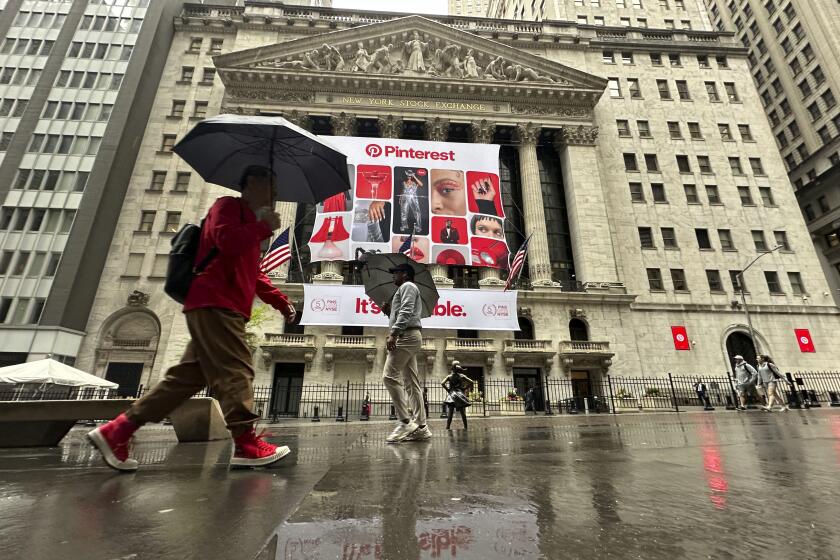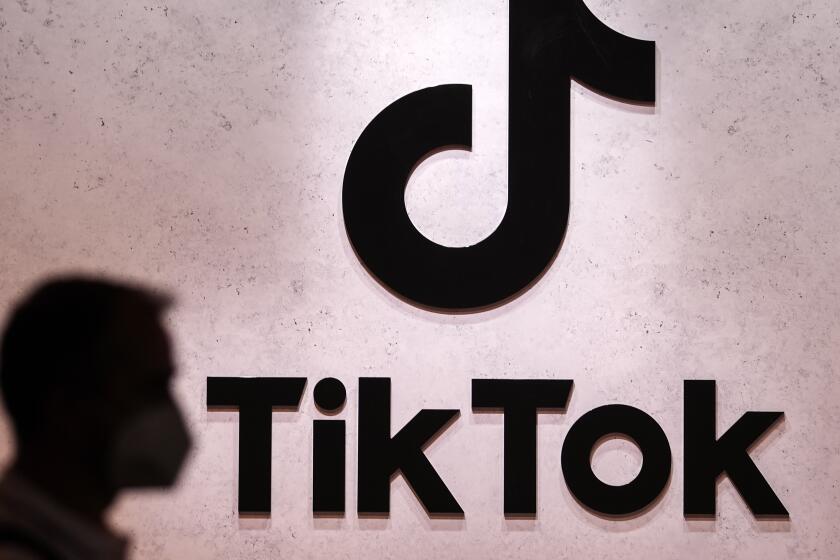Department Stores Fight to Keep Up
May Department Stores Co.’s announcement last week that it would close 32 Lord & Taylor stores was the latest, and perhaps most dramatic, in a long series of moves department stores have made to revive their business. But despite all their efforts, these retailers don’t seem to have a reason for being in the eyes of some consumers.
The department store industry, which has lost market share to discounters for more than a decade, has tried all sorts of tricks, from speeding up checkouts to unveiling new fashion labels, but sales are still stagnating.
Meanwhile, chains including Wal-Mart Stores Inc., Target Corp. and Kohl’s Corp. have wooed customers away with compelling merchandise, boosting their sales even during the economic downturn. That will make it harder for department stores to win shoppers when the economy strengthens.
“They have tried to do different things, but so far nothing has worked,” said Michael Niemira, vice president of Bank of Tokyo-Mitsubishi Ltd.
Part of the problem is that department stores have found themselves so caught up fighting discounters on price that they seem to have forgotten about consumers such as Laura Coyner, who shop for higher-end merchandise.
“They tend to a carry lower line of products than they used to,” said Coyner, of West Palm Beach, Fla. “I think their target is more median income and [they] want those people to shop at those parts of the stores. They need to carry better lines.”
On the other hand, they’re also not satisfying budget customers, who can find low prices elsewhere.
“They need to offer as much merchandise as possible under moderate prices,” said Leonor Delgado of San Antonio.
Good sales are also important, Delgado said. “Being a teacher ... I don’t earn much.”
So far this year, department stores have posted a 3.9% decrease in sales at stores open at least a year, known as same-store sales. Same-store sales are considered the best indicator of a retailer’s health.
In comparison, discount stores have registered a 2.3% gain, while apparel chains had an increase of 2.9%, according to the Bank of Tokyo-Mitsubishi index. Wholesale clubs posted a same-store sales increase of 4.7%.
Many department stores have tried to mimic Kohl’s hybrid discount-department store approach by creating central checkouts and offering shopping carts. Sears, Roebuck & Co. is using a different strategy, announcing recently that it was shedding its credit card business so it could focus more on its struggling stores, and is trying to bring back consumers with merchandise from Lands’ End, which it acquired last year.
But clearly, department stores need to do more.
“I don’t like the service at the department stores.... They have to improve their customer service, especially when no one is there to help you,” said Tara McDonald, 29, a shopper from Hoboken, N.J. McDonald said she shops less at department stores and prefers small discount shops.
Kurt Barnard, president of Barnard’s Retail Consulting Group, said department stores used to compete with other department stores. But “today, department stores battle it out with warehouse clubs, discount stores and most everybody else on price.”
Some are trying to change that.
Federated Department Stores Inc. -- which operates such stores as Bloomingdale’s and Macy’s, and is considered the industry’s leader in innovation -- said recently it plans to stop fighting a price war. Instead, it will step up inventory of its brands and other high-end products.
In a recent interview, Chief Executive Terry Lundgren said the company would still sell inexpensive items, but that won’t be its focus. Federated has done well with its upscale store brands like INC and Alfani, which combined account for 17% of its total sales.
To project a more upscale image, Federated is combining Macy’s store name with five of its other store divisions, affecting Lazarus, Goldsmith’s, Rich’s and Bon Marche stores.
Same-store sales at Federated have improved over the last few months.
Analysts applauded May’s decision to drastically cut its underperforming Lord & Taylor stores, closing branches in markets such as Denver and Atlanta and returning to its focus on northeastern and Midwestern markets. The company is cutting 32 stores in 15 states and two other stores under different names. It will still have 54 Lord & Taylor stores in 11 states and the District of Columbia.
Inside its stores, May is focusing on bolstering such labels as Kate Spade, and also sprucing up its largest private label line, Valerie Stevens, to make it more fashionable and versatile for the 35-to-45 age group.
May’s same-store sales were down 7.1% so far this year, the worst performer in the department store sector, according to the Bank of Toyko-Mitsubishi index.
Hal J. Upbin, chairman and CEO of apparel maker Kellwood Co., which only does a small amount of business with Lord & Taylor, was surprised that it has taken this long for department stores to be making these drastic store cuts.
“They need to cull out, as we do, underperforming divisions,” he said.






